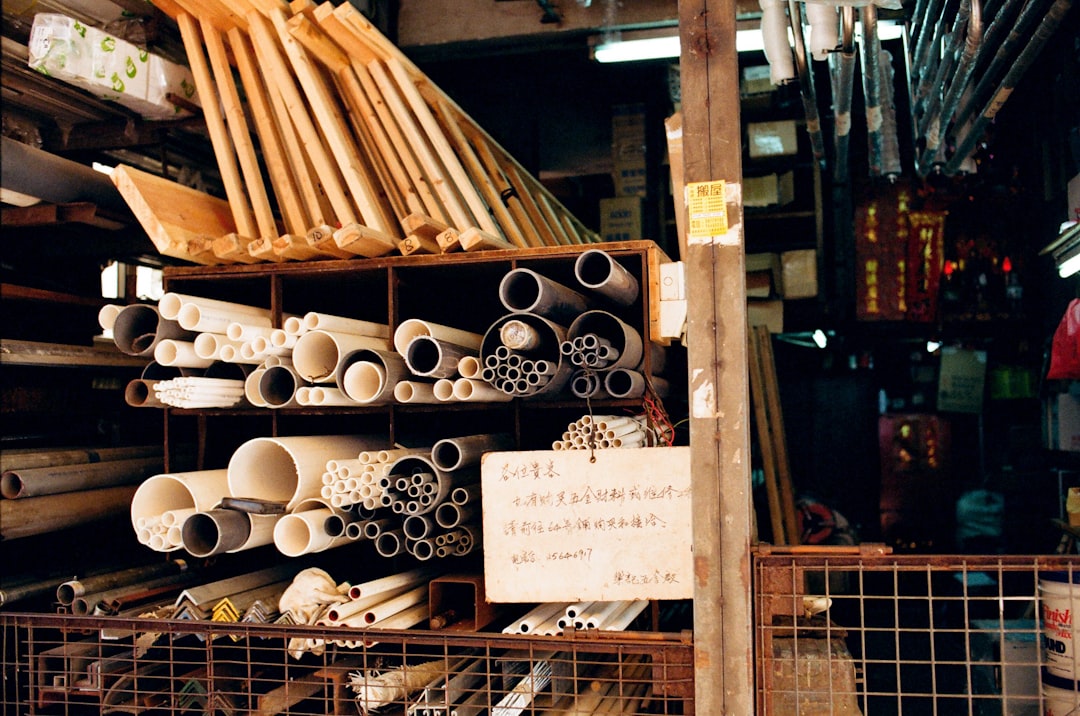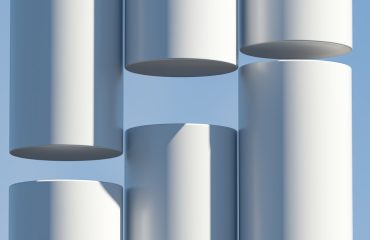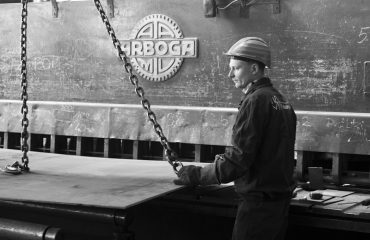The steel industry, a cornerstone of global infrastructure, faces increasing pressure to minimize its environmental footprint. A significant aspect of this challenge lies in effectively managing the substantial waste generated throughout the steelmaking process. This blog post delves into the complexities of waste management in steel production, exploring the various waste streams, innovative recycling techniques, and the crucial role of sustainable practices in building a greener future for the industry.
1. Understanding the Diverse Waste Streams in Steel Production
Steel production generates a diverse range of waste materials, each requiring specific handling and treatment methods. These waste streams can be broadly categorized as:
- Slag: A significant byproduct, slag is a molten byproduct formed during the smelting process. Its composition varies depending on the raw materials used and the steelmaking process. While traditionally considered waste, slag finds applications in construction materials (cement, aggregates), agriculture (soil amendment), and even in the production of certain types of glass.
- Dust and Fumes: These particulate emissions contain valuable metals and other compounds. Effective dust collection systems are essential to prevent air pollution and recover valuable materials. Advanced technologies like electrostatic precipitators and bag filters are employed to capture these emissions. The collected dust often undergoes further processing for metal recovery.
- Spent Refractories: These materials line furnaces and vessels, protecting them from high temperatures and corrosion. Over time, they degrade and need replacement, generating large quantities of waste. Recycling spent refractories is challenging but increasingly important, as it reduces reliance on virgin materials and minimizes landfill disposal.
- Pickling Liquors: Used to remove scale and impurities from steel sheets, these acidic solutions contain dissolved metals and chemicals. Treatment is crucial to neutralize acidity and prevent water pollution. Recycling or recovery of valuable metals from these liquors is also gaining traction.
- Scrap Metal: While not strictly “waste,” scrap metal is a crucial feedstock for steel production, facilitating a circular economy approach. Effective scrap metal collection and sorting systems are essential to ensure high-quality recycled steel input.
2. Innovative Recycling and Resource Recovery Techniques
The steel industry is actively exploring and implementing innovative technologies to maximize resource recovery and minimize waste disposal. These include:
- Slag Granulation and Utilization: Granulating slag improves its handling and facilitates its use in various applications. Research is ongoing to optimize slag properties for specific applications, enhancing its value as a secondary raw material.
- Metal Recovery from Dust and Fumes: Advanced separation techniques, such as hydrometallurgy and pyrometallurgy, are used to recover valuable metals from dust and fumes, reducing waste and providing a source of secondary raw materials.
- Spent Refractory Recycling: Technologies are being developed to process and recycle spent refractories, recovering valuable components and reducing the need for virgin materials. This often involves crushing, sorting, and potentially chemical treatment to separate valuable components.
- Closed-Loop Water Management: Minimizing water consumption and recycling process water helps reduce the environmental impact of pickling and other water-intensive processes. This often involves advanced treatment systems to remove contaminants and reuse the treated water.
3. Environmental Regulations and Sustainability Initiatives
Stringent environmental regulations are driving the steel industry towards more sustainable practices. These regulations often focus on:
- Air Emissions: Limits on particulate matter, sulfur dioxide, and other pollutants are crucial for protecting air quality.
- Water Pollution: Strict regulations on wastewater discharge are essential to prevent contamination of water bodies.
- Waste Disposal: Minimizing landfill disposal and promoting recycling and resource recovery are key objectives.
Many steel producers are also proactively implementing sustainability initiatives, including setting ambitious reduction targets for greenhouse gas emissions, water consumption, and waste generation. These initiatives often involve investing in cleaner technologies, improving process efficiency, and implementing circular economy principles.
4. The Role of Technological Advancements in Waste Management
Technological advancements are playing a crucial role in improving waste management practices in the steel industry. These include:
- Advanced Sensors and Monitoring Systems: Real-time monitoring of process parameters helps optimize operations and minimize waste generation.
- Artificial Intelligence (AI) and Machine Learning (ML): AI and ML can be used to optimize resource utilization, predict equipment failures, and improve the efficiency of waste treatment processes.
- Automation and Robotics: Automation can improve the safety and efficiency of waste handling and processing operations.
5. The Future of Waste Management in Steel Production: Towards a Circular Economy
The future of waste management in steel production is inextricably linked to the development of a circular economy. This involves:
- Maximizing resource recovery: Developing innovative technologies to recover valuable materials from all waste streams.
- Minimizing waste generation: Improving process efficiency and adopting cleaner production methods.
- Promoting the use of recycled materials: Increasing the use of recycled steel and other secondary raw materials.
- Collaboration and knowledge sharing: Sharing best practices and fostering collaboration among stakeholders to accelerate the adoption of sustainable solutions.
By embracing these principles, the steel industry can significantly reduce its environmental impact and contribute to a more sustainable future.
Tags: steel production, waste management, steel recycling, slag utilization, sustainable steel




